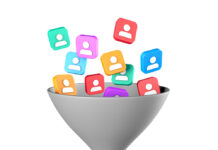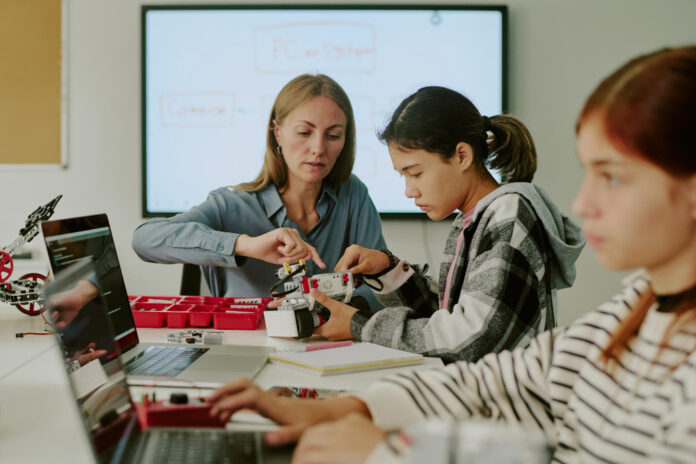In today’s rapidly evolving digital world, traditional teaching methods are being redefined. One of the most exciting and effective innovations transforming classrooms globally is gamification in education. By blending educational content with interactive learning tools and game-like experiences, educators are creating more engaging, dynamic, and motivating learning environments.
What Is Gamification in Education?
Gamification involves applying elements of game design—such as points, levels, badges, and leaderboards—to non-game contexts. In education, it means incorporating these mechanics into lessons, assignments, or entire curriculums to make learning more enjoyable and interactive.
From math games to language learning apps and virtual science labs, gamification helps students connect with content in ways that textbooks simply can’t.
Why Gamification Works
- Increased Engagement: Interactive learning tools keep students actively involved rather than passively consuming information. Students are more likely to participate and stay focused when the learning experience feels like a game.
- Instant Feedback and Motivation: Gamified platforms provide immediate feedback—whether it’s earning points or completing a level—which reinforces learning and keeps students motivated to improve.
- Personalized Learning Paths: Many gamified platforms adapt to a student’s performance, offering customized challenges. This supports different learning speeds and styles, allowing every student to progress at their own pace.
- Reduced Fear of Failure: Gamification encourages experimentation. If a student fails, they can try again without judgment. This fosters a growth mindset and encourages perseverance.
- Skill Development Beyond Academics: Gamification doesn’t just enhance subject knowledge; it promotes soft skills like collaboration, critical thinking, and time management.
Real-World Examples of Gamification in Education
Kahoot!: A popular game-based learning platform used worldwide, Kahoot! turns quizzes into competitive, real-time games that engage entire classrooms.
Duolingo: This language-learning app rewards users with streaks, gems, and level-ups, making it addictive (in a good way!) and effective for language acquisition.
Classcraft: By transforming the classroom into a role-playing game, Classcraft encourages teamwork, good behavior, and academic performance.
Minecraft: Education Edition: This digital sandbox game promotes creativity and problem-solving. Teachers use it to teach everything from physics to history through immersive gameplay.
Integrating Gamification: Best Practices for Educators
- Align with Learning Objectives: Gamification should reinforce curriculum goals, not distract from them. Choose tools that complement your lesson plan.
- Start Small: You don’t have to overhaul your entire course. Begin by adding gamified quizzes or reward systems to existing lessons.
- Balance Competition with Collaboration: While leaderboards can drive motivation, collaboration-based game elements help build community and shared learning.
- Monitor Progress with Analytics: Use tools that provide insights into student performance. This data can help tailor interventions and improve outcomes.
- Keep It Inclusive: Ensure that all students can participate and enjoy the gamified elements, regardless of their learning styles or access to technology.
The Future of Learning Is Playful
As students grow up immersed in technology, education must evolve to meet their expectations. Gamification in education isn’t about replacing teachers with games—it’s about enhancing teaching with modern tools that make learning fun, meaningful, and effective.
The right balance of interactive learning tools and solid pedagogy can turn a disengaged classroom into a vibrant learning environment where students are not just memorizing facts—they’re mastering skills, enjoying the journey, and becoming lifelong learners.











